T4K3.news
Mixed economic reports raise recession concerns
The latest job growth figures show troubling signs despite recent GDP growth claims.
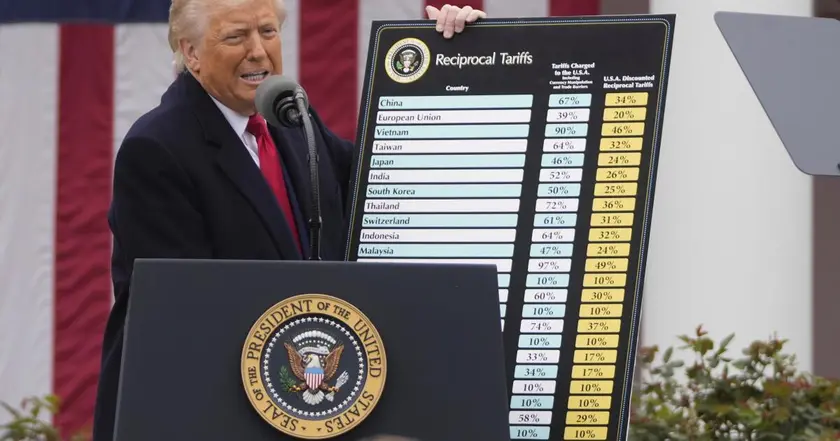
Recent economic reports reveal troubling signs beneath surface-level growth.
Trump's economic policies face scrutiny after mixed job and growth reports
Amid ambitious claims from President Trump about the economy, recent reports show stark realities. The GDP grew at an annual rate of 3% in the second quarter, a point of pride for the administration. However, subsequent employment figures revealed just 73,000 new jobs in July, with downward revisions for May and June resulting in a total loss of 258,000 jobs. This news casts doubt on the sustainability of the economic growth claimed by the administration, with experts including Josh Bivens of the Economic Policy Institute warning of a potential recession.
Key Takeaways
"Today's jobs report is what entering a recession looks like."
Josh Bivens highlights the troubling job growth figures amid economic changes.
"The Trump tariffs will cost lower-income households an average of $1,300."
Yale Budget Lab projects significant economic impacts from tariff policies.
"Future economic indicators could largely affirm negative trends regarding job growth."
Experts suggest the administration may soon face harsh realities despite initial optimism.
"The tariffs are regressive — they strike disproportionately at lower-income people."
The impact of tariffs will be felt most by those who can afford it least.
These conflicting reports underline the complexities of interpreting economic data in light of Trump’s tariff policies. While the GDP growth initially suggests a booming economy, the weak job growth tells a different story. The tariffs are expected to hurt lower-income Americans the most, raising costs and potentially leading to broader economic instability. This situation illustrates the disconnect between reported economic growth and the lived experiences of many Americans.
Highlights
- The economy claims to be booming, but jobs tell a different tale.
- Higher prices hit lower-income families hardest under Trump's tariffs.
- Ignoring job numbers could mean ignoring a looming recession.
- Rapid softening in the labor market signals trouble ahead.
Economic policies present significant risks for the lowest incomes
The downside of Trump's tariffs could lead to rising prices for essential goods, disproportionately harming low-income Americans.
As economic indicators fluctuate, the coming weeks will reveal more about the true state of the economy.
Enjoyed this? Let your friends know!
Related News

Markets hold after weak data and tariff shocks
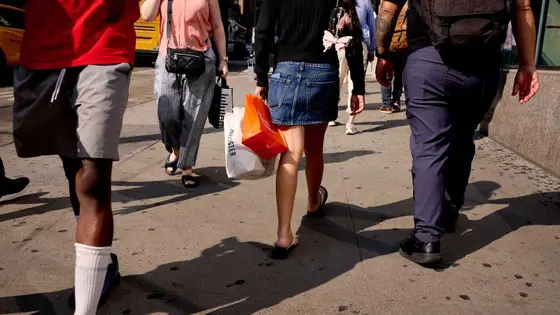
US economic indicators show slow growth
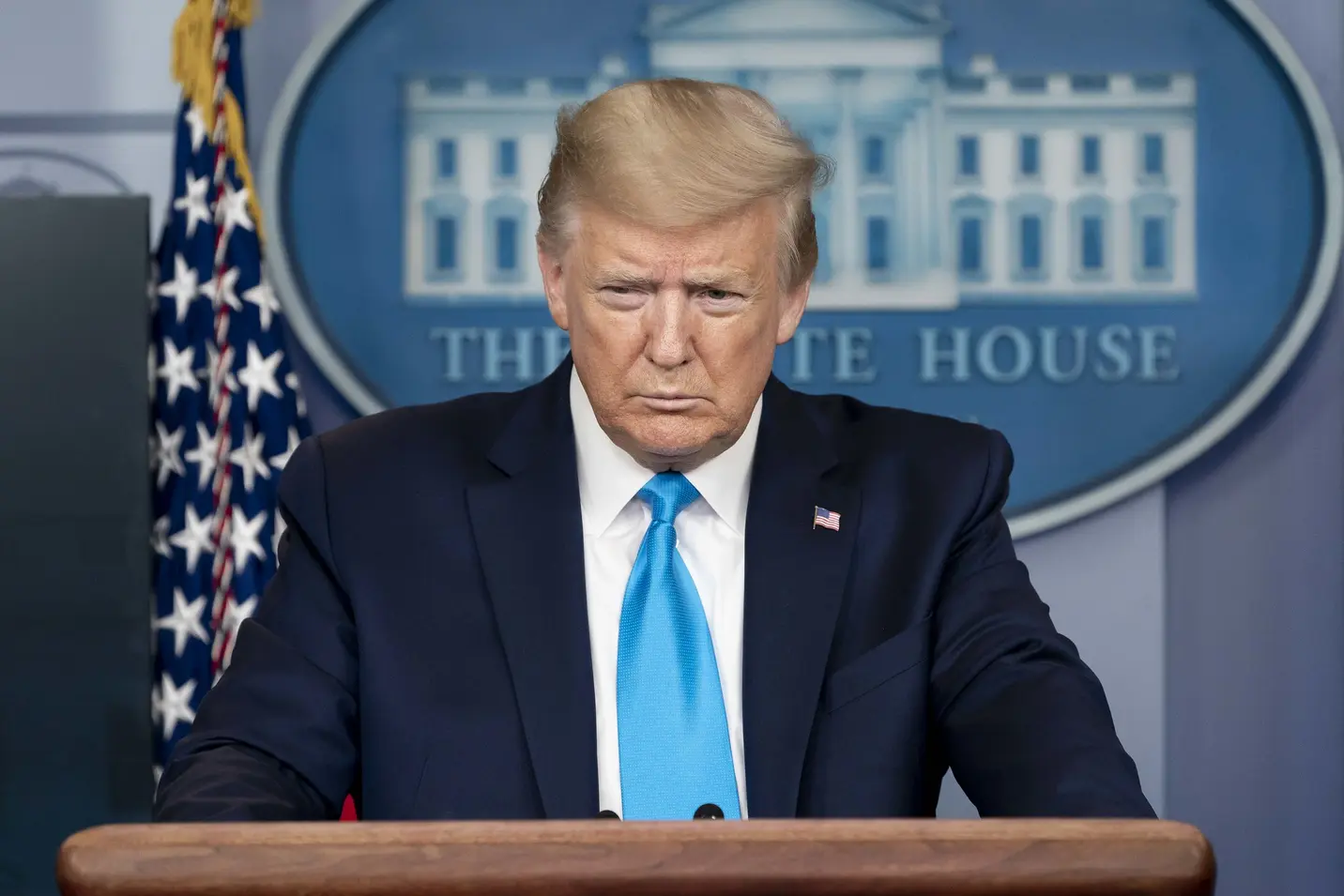
Tariffs Elevate Stagflation Risk for Fed Policy

Wall Street slips as tariffs take effect
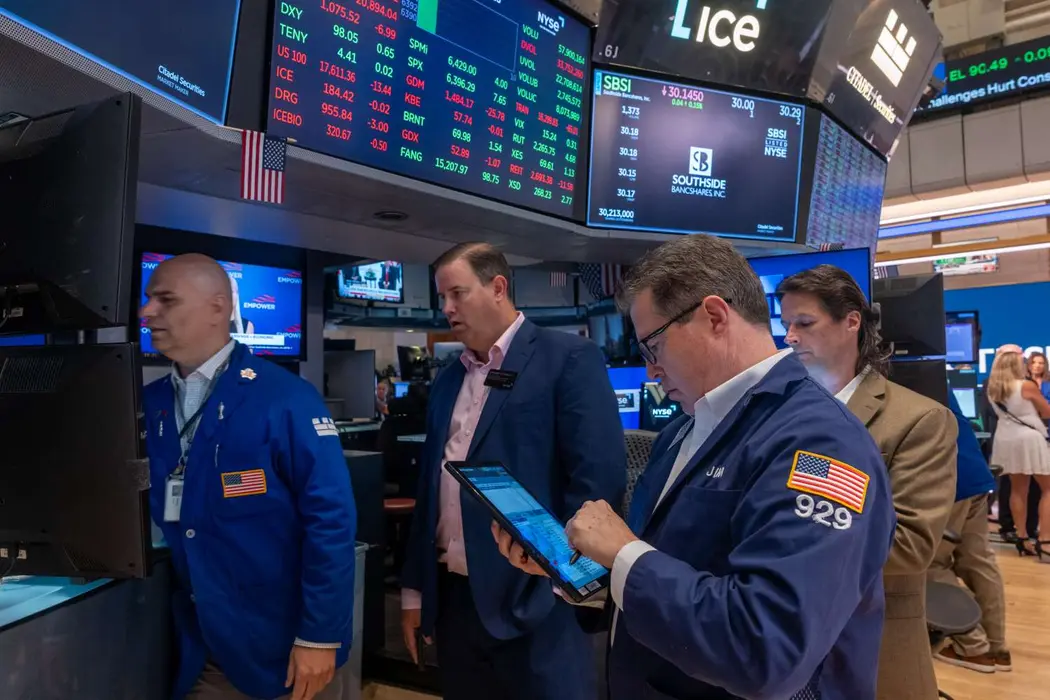
Stock Markets Climb as Earnings Reports Approach
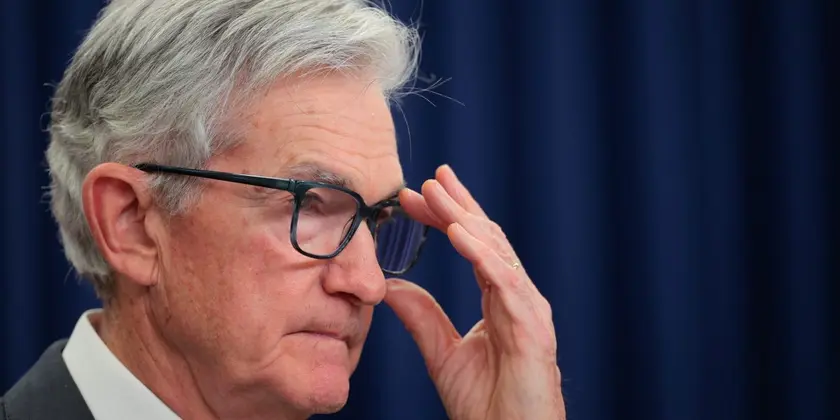
Weak July job numbers spark fears of economic slowdown
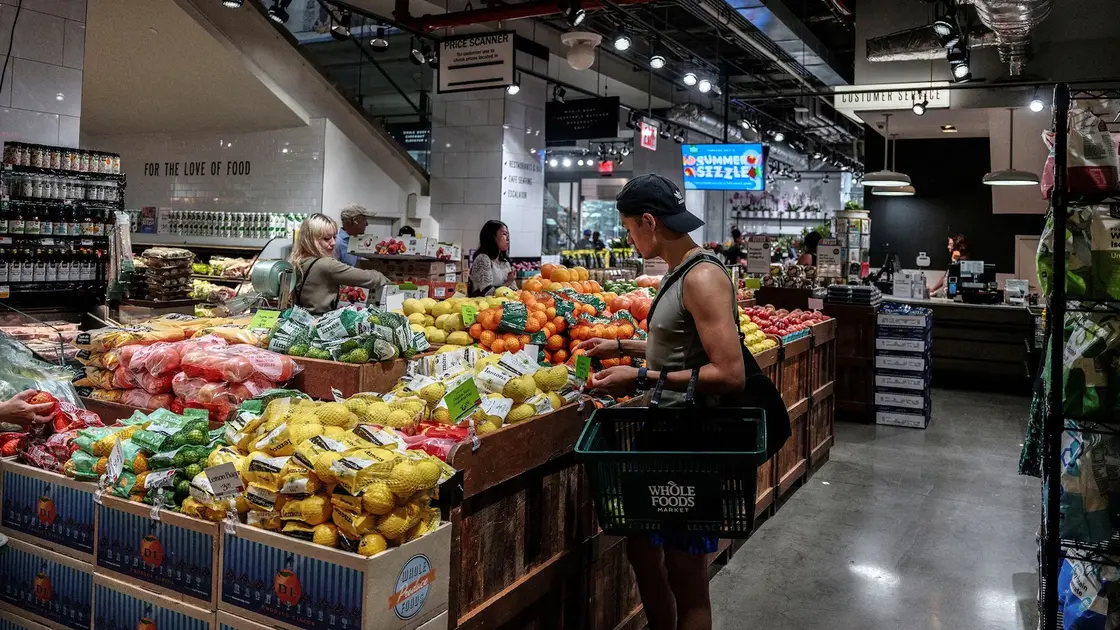
US jobs report prompts recession fears
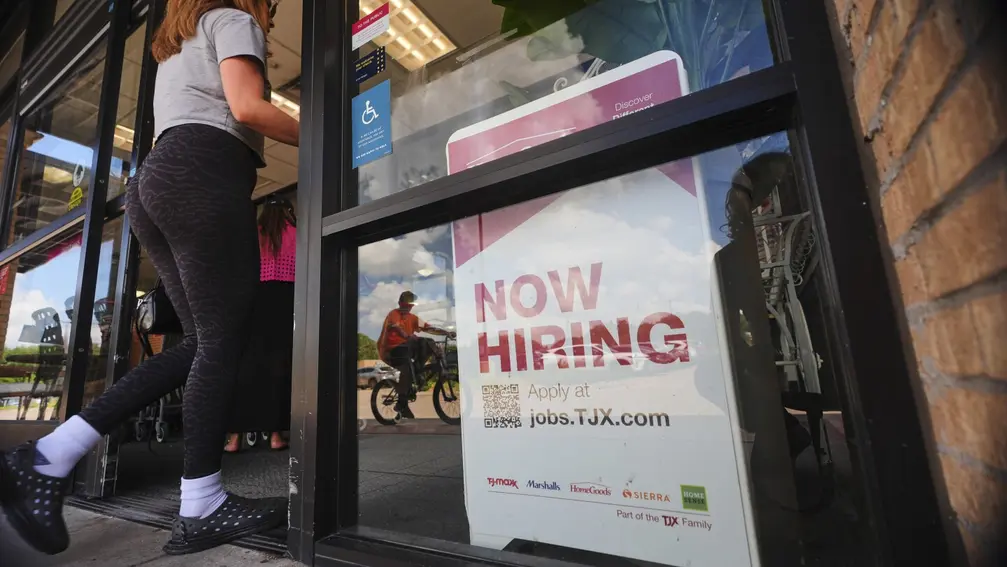
Trump expresses distrust in jobs report data
